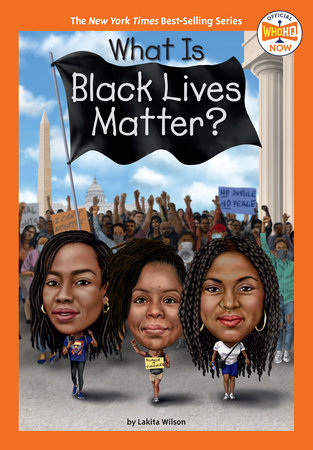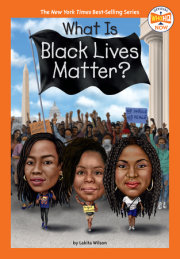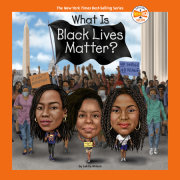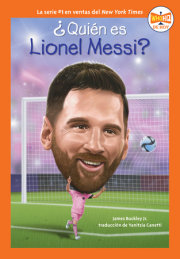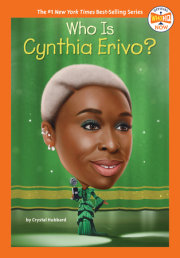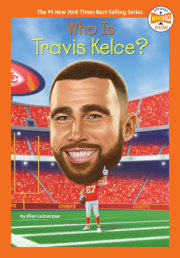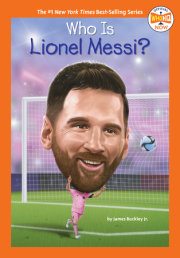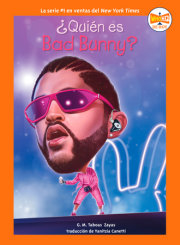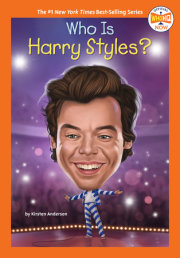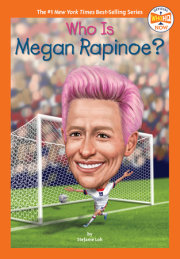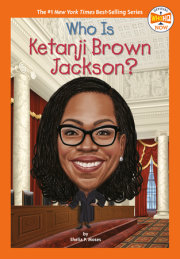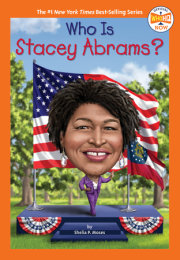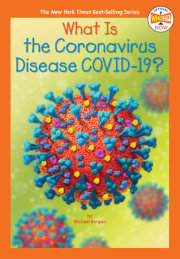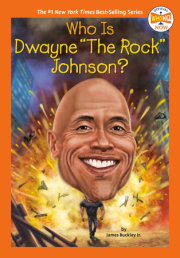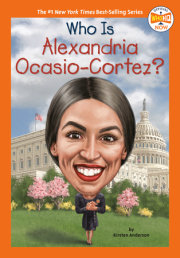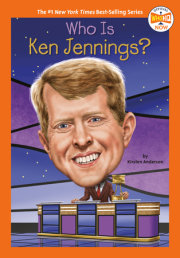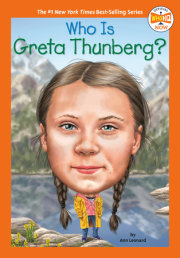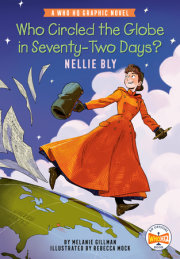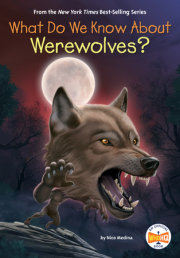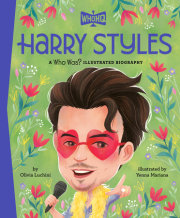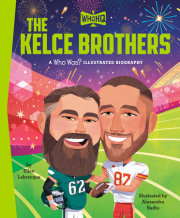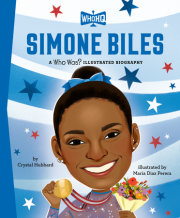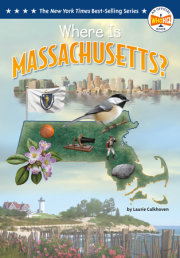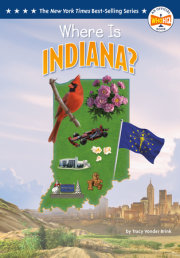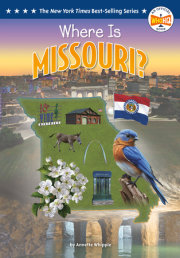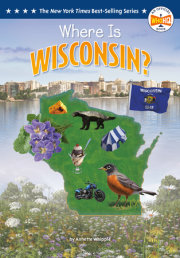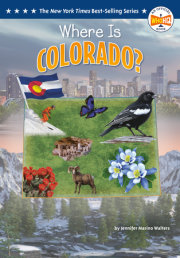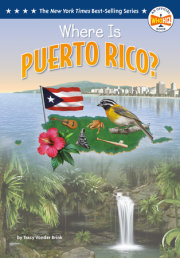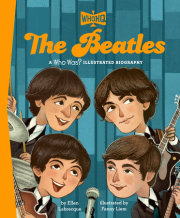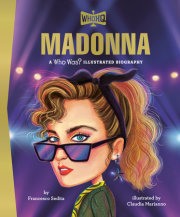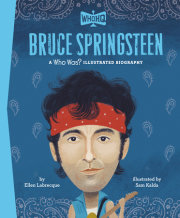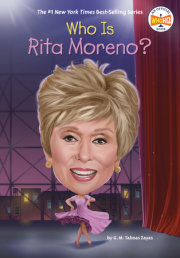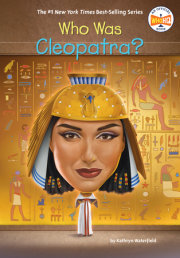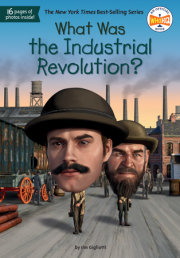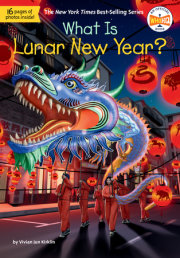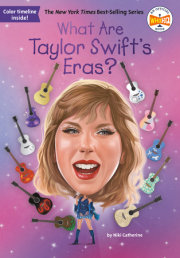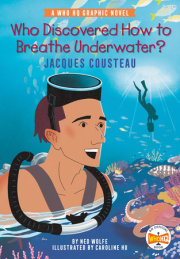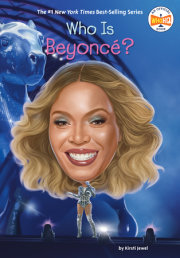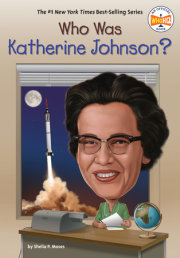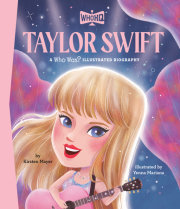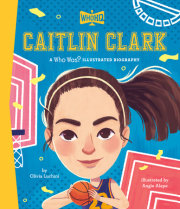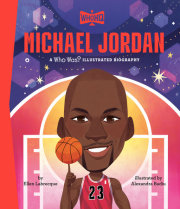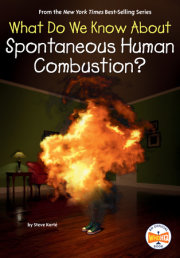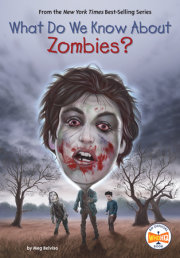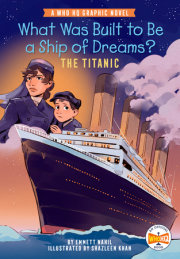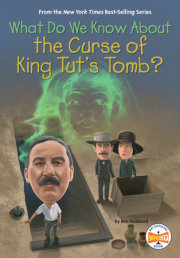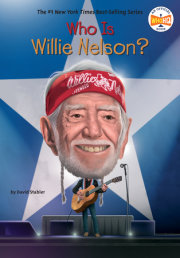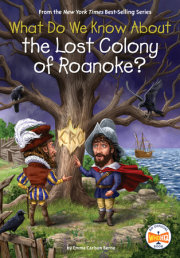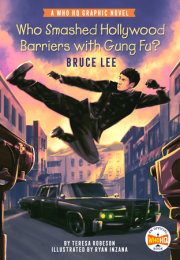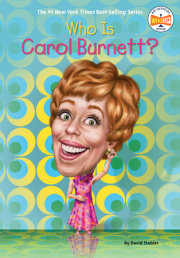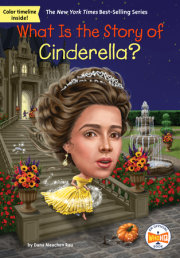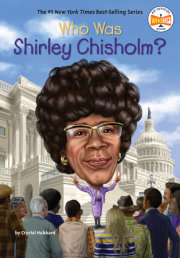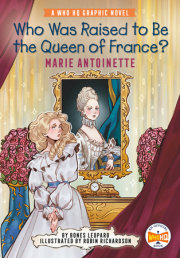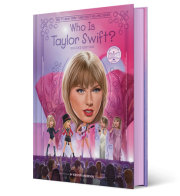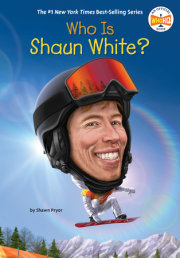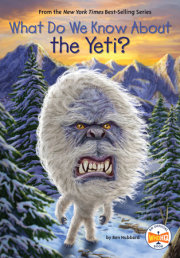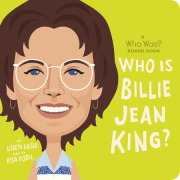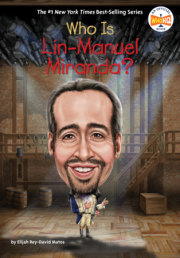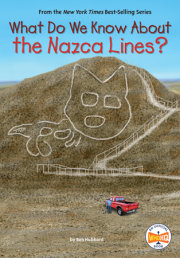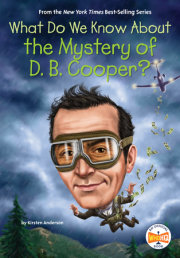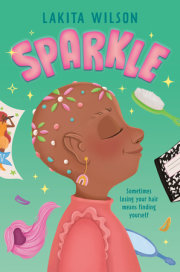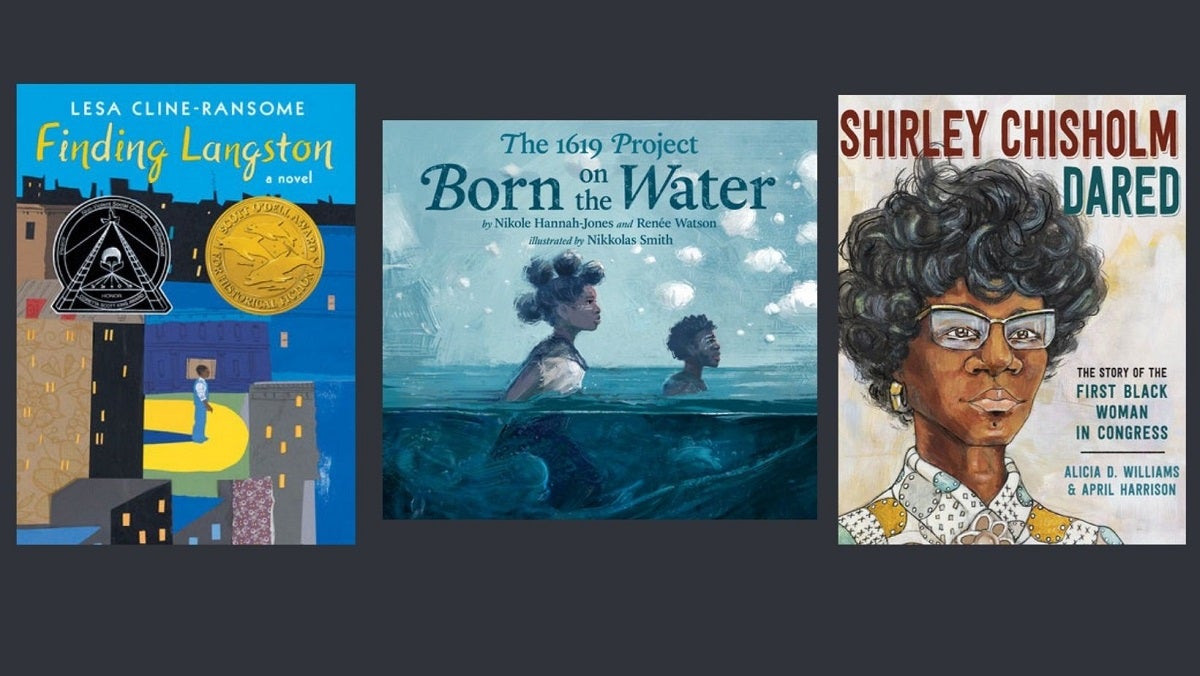What Is Black Lives Matter? On February 26, 2012, seventeen--year--old Trayvon Martin left his father’s girlfriend’s home, in a gated community in Sanford, Florida, to get a quick snack. He purchased a bag of Skittles and an Arizona Iced Tea. Throwing his dark gray hoodie over his head to protect himself from the rain, Trayvon walked home.
As Trayvon made his way back into his quiet community, a man named George Zimmerman watched him from his car and reached for his cell phone. Over the last several years, George had called the police many times to report people in his neighborhood. However, every “suspicious” person George reported was a Black male.
“We’ve had some break--ins in my neighborhood,” George told the police dispatcher. “And there’s a real suspicious guy. This guy looks like he’s up to no good or he’s on drugs or something.”
The dispatcher asked George questions as his car door creaked open. “Are you following him?” she asked. “We don’t need you to do that.”
George answered, “Okay.”
But he left his car and continued following Trayvon on foot. Cornering him, George began to harass the teenager, and a fight began. Moments later, shots rang out, and seventeen-year--old Trayvon Martin fell to the concrete sidewalk, his bag of Skittles still tucked safely in his pocket, only seventy yards from his destination.
Trayvon Martin was a teenager who loved video games and fixing things. He liked trying new things like snowboarding and visiting New York City to see a Broadway play. He had dreams of becoming a pilot someday. Instead, Trayvon was gunned down before he even had the opportunity to attend his high--school prom. And the man who killed him was still free to walk around his gated community, patrolling for more “suspicious people.”
Disappointment rippled through the Black community. In the United States, there is a history of treating Black lives like they don’t matter. Many people who commit crimes against Black people are not punished for their actions. Fifty--seven years before Trayvon Martin’s death, two white men in Mississippi killed fourteen--year--old Emmett Till after a white woman accused him of flirting with her. Emmett’s killers were found not guilty. Twenty--one years before Trayvon’s death, in Los Angeles, a Korean convenience--store owner shot fifteen--year--old Latasha Harlins to death after accusing her of stealing a bottle of orange juice. A California jury decided that Latasha’s killer was guilty, but a judge only sentenced the shop owner to five years of probation.
The Black community demanded justice for Trayvon so strongly that his death made national news. The police finally arrested George Zimmerman, but he claimed self--defense, and in 2013, he was found not guilty of murdering Trayvon.
The evening after the George Zimmerman verdict, community organizer Alicia Garza posted a letter to Black people on Facebook. She wrote, “I continue to be surprised about how little Black lives matter.” Alicia urged everyone in her community to stop giving up on Black life.
Then she ended her post by affirming, “I love you. I love us. Our lives matter.” Later, Alicia’s friend, Patrisse Cullors, changed the last three words into the now famous hashtag: #BlackLivesMatter.
Chapter 1: Three Friends Start a Movement Alicia Garza was born on January 4, 1981, in Los Angeles, California. She lived with her mother, stepfather, and younger brother, Joey. When Trayvon Martin was killed, Alicia, then thirty--one years old, thought about her younger brother. Trayvon had been racially profiled—-or targeted because he was Black. Joey was tall and had brown skin and curly hair. Someone could racially profile him—-just like they had Trayvon. Alicia felt powerless in that moment. But in reality, Alicia had been full of power since she was a child.
Alicia’s mother began teaching her self--defense moves in their kitchen late at night when she was young. She told Alicia she didn’t have to do anything with anyone if she didn’t want to. Alicia’s mother had been attacked when she was younger, and she wanted her daughter to understand how to protect herself.
When Alicia was twelve, she thought a lot about protection. All around the country, adults argued about what teenagers should do with their bodies. Many adults felt like teenagers were too young to make their own health decisions. But Alicia believed teenagers had a right to protect themselves and their bodies. She fought to bring health education and resources to middle and high schools in her district—-and she won. This was Alicia’s first time organizing—-and she found great power in seeing a problem and making a plan for change.
In college, Alicia joined the student association at University of California San Diego. There, she fought for higher pay for the university janitors. As an adult, Alicia worked as the special projects director for the National Domestic Workers Alliance. This organization fights to make sure labor workers like nannies, housekeepers, and caregivers are treated fairly on the job. Alicia’s efforts supporting people who needed protection would help her later with her activist work.
Patrisse Cullors was born in Van Nuys, California. Living with her mom, sister, and two brothers in a low--income neighborhood had its challenges. Patrisse was nine when she saw her eleven-- and thirteen--year--old brothers slammed into a wall by police officers. She was thirteen when she saw Los Angeles police handcuff and haul away her older brother Monte.
The problem was that Monte suffered from schizoaffective disorder, a mental health condition that affects the way a person thinks, feels, and behaves. Instead of helping Monte, police officers often put him in jail. When Patrisse got older, Monte started writing her letters from jail. He explained that he was beaten and forced to drink toilet water by county sheriffs who patrolled the jails. One time in 1999, he was almost killed. Patrisse and her mom wanted to tell someone—-but there was no one to turn to. The police, in most cases, were always believed—especially over the word of a poor person with brown skin.
By the time she was twelve years old, Patrisse knew she was queer—-a word used to describe someone who does not identify as straight or whose gender identity does not fully match the sex (male or female) they were assigned at birth. She was also part of the Jehovah’s Witness religion. The elders in her faith community believed being queer was wrong. Patrisse knew she and her family would be shunned by the Jehovah’s Witness community if she openly identified as queer. But at age sixteen, she came out to her family anyway and left home.
Young and on her own, Patrisse struggled to survive without much support. This showed her the importance of sticking up for everyone—-even if they were poor, queer, or Black or Brown women.
When Patrisse was seventeen, she joined the Bus Riders Union, a group in Los Angeles that pushed for more funding for the bus system and less money for the city train system. Cutting bus funding meant poor people who lived in the city, those without cars and who didn’t live near train stations, had fewer options to travel to places they needed to go, like grocery stores. In Patrisse’s eyes, the people who were most often forgotten, like bus riders, were Black and poor.
In 2012, Patrisse started Dignity and Power Now—-a coalition that fights against brutality by sheriff’s deputies who work inside the county jails. Patrisse’s work supporting people who weren’t often respected or treated fairly by those in power, including inmates, would help her as an activist later in life.
Opal Tometi was born on August 15, 1984, in Phoenix, Arizona. Opal’s parents had been born in Nigeria. They came to the United States to build a new life as immigrants. Life in Phoenix, Arizona, for Opal and her two younger brothers was filled with community spirit. The Tometi family and other Nigerians in Phoenix formed a small community where they learned to stick together and look out for one another. Some of the Nigerians in Opal’s community were immigrants like her parents. Others had been born in the United States like Opal and her brothers. Either way, everyone supported one another. Once, Opal’s uncle was sent to an immigration detention center. Members of the Nigerian community, whether they were family or not, took turns visiting Opal’s uncle on weekends. This was their way of making sure the uncle was safe. It also let him know that he was loved and supported. This incident taught young Opal the importance of supporting one another to protect against unfair systems.
Opal had even heard of African immigrant men like Amadou Diallo and Mohamed Bah, who were killed by New York City police officers. It didn’t seem to matter whether you had been born in this country or not. People with dark skin were being harmed and even killed. Opal believed that every Black person was worthy of respect. She also believed in safety in numbers and in unity. She felt Black immigrants and Black Americans working together to push back against racism could make a bigger difference. As an adult, Opal used her experiences as a Nigerian American to become an immigration activist.
Alicia and Patrisse met at an activist meeting as young adults. Later, they met Opal at a leadership training program for Black organizing. The three women kept in touch over social media. The night George Zimmerman was found not guilty of Trayvon Martin’s murder, Alicia, Patrisse, and Opal decided to organize a new movement. But the movement wouldn’t be an overnight success. The Black Lives Matter movement began with three friends who wanted change. They started small—-but placed big importance on working together.
Copyright © 2021 by Penguin Random House LLC.. All rights reserved. No part of this excerpt may be reproduced or reprinted without permission in writing from the publisher.

